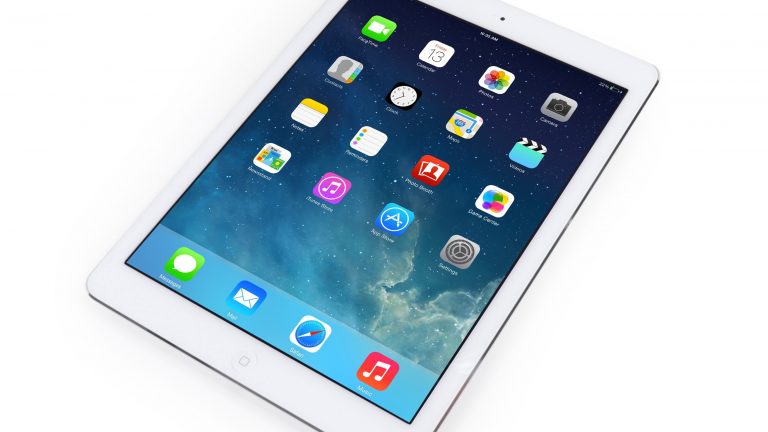iPad Air vs older iPad models – what are the main differences?
Apple fans were treated to a new design upgrade when Tim Cook rolled out the product line for this fall. Among the products getting a facelift were Apple’s iPad family. The new iPad, dubbed the iPad Air, promises to be a lightweight version of the old tablet. Some functionality appears to be improved, with a lot of the changes coming under the hood.
The Processor
The processor gets a bump in the new iPad air. We’re cooking with the A7 processor now – Apple’s first foray into 64-bit architecture. The A7 chip takes iPad Air to a place that even the old iPad would be jealous of. It runs much faster now – twice as fast as the old model.
See Also: Record Phone Calls on iPhone – Apps Options [Video]
It also supports OpenGL ES version 3.0, which enables the device to display graphics and visual effects that are typically only available on a desktop computer or game console. But processing speed and performance doesn’t stop there. The iPad Air also gets the M7 coprocessor. It measures motion from the iPad by pulling in data from the accelerometer, compass, and gyroscope. This gives your apps a better experience based on the movement of your device. Why not just use the new A7 chip for this kind of thing? It is, after all, very capable.
Apple’s official reasoning is that the M7 is more efficient at doing these processes which saves on power, thus improving battery life.
The Dimensions
Don’t drop your old iPad off at MusicMagpie just yet. If you like the size of your old device, you’re going to want to hang onto it. For the rest of us, this is what fans have been waiting for – an Air version of the iPad. It’s just 469 grams (1 US lb) and 240 x 169.5 x 7.5mm. That makes it the smallest full-sized iPad ever built. In fact, it almost puts into question the usefulness of the iPad Mini. Oh well, Apple will think of something.
Because of the change in dimensions, Apple was able to reduce the width of the device, along with the bezels on the sides, improving the view. With 2048 x 1536 resolution, and over 3.1 million pixels, photos, apps, and in fact all of the images are razor sharp on the new iPad.
A Smarter Interface
Along with the dimensional upgrades, Apple introduces a little-known upgrade: touch rejection. How many times have you been playing on your mobile device and accidentally rested your thumb on the screen. You click on things you didn’t mean to click on, you scroll when you didn’t want to scroll. You mess everything up. Not any more. The new software works with the new iOS to recognize whether your thumb is just resting on the display while you’re holding it or if you’re actually trying to do something (i.e. click, scroll, etc.). Pretty cool, huh?
The Battery
The device is 20 percent thinner. That must mean it chews up more batter life, right? Wrong. Somehow, Apple has managed to squeeze 10 hours out of this puppy. That’s because the A7 chip is very energy efficient.
That means that you can pretty much do all of the things you used to do, and more, since the device is much lighter than the old version. At this pace, Apple is eventually going to have a device that resembles a piece of paper instead of a tablet computer.



